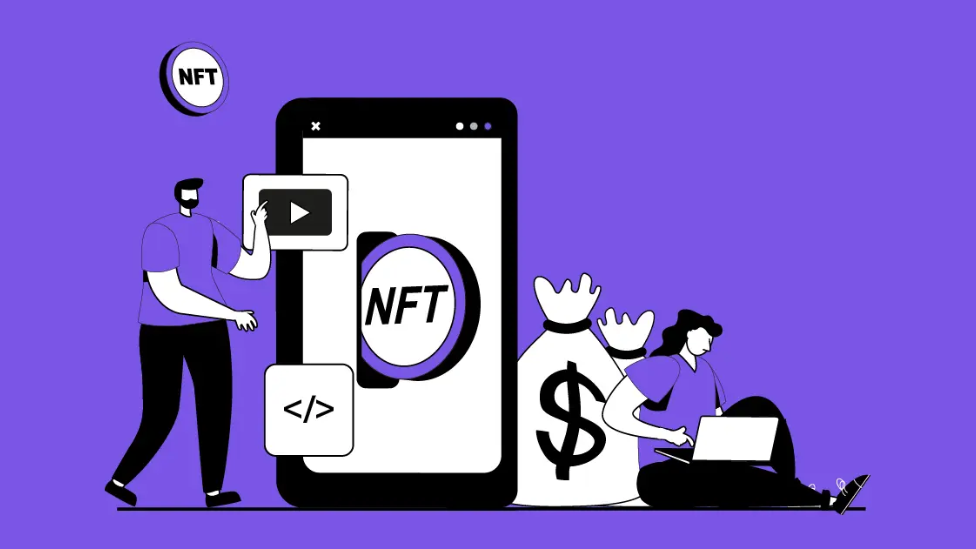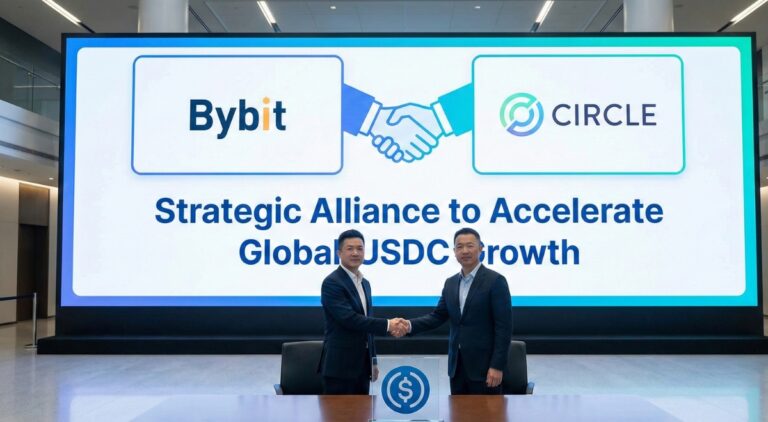Entering the Metaverse requires an NFT strategic approach, especially for brands aiming to make a significant impact. The Metaverse is an emerging frontier, a digital universe where brands can interact with consumers in unprecedented ways. The Metaverse is the next phase of the internet, often called Web3. It’s a decentralized, blockchain-powered space that emphasizes co-creation and community engagement.
Within this space, three elements stand out as game-changers for brands in the metaverse – gaming, metaverse NFTs, and digital currencies. These are the three-step NFT strategies brands need to navigate this landscape effectively. These three elements form the “Metaverse Triumvirate” which is an innovative framework introduced by a Dubai-based agency Lightblue.
Contemporary Ownership: Loyalty and Engagement in the Metaverse
Within this innovative ecosystem, users are empowered with modern ownership models, emphasizing loyalty through captivating narratives and immersive engagement. Digital currencies drive dynamic economies, attracting new markets without blockchain understanding. As the first Metaverse pillar, digital currencies fuel the creator economy, enabling vital financial systems. Replicating existing models, consumers connect with brands through online shopping and in-app purchases. In-game transactions prove lucrative, with Fortnite generating $5.8 billion in 2021. Video games form the second Metaverse pillar, empowering immersive experiences. Together, these elements shape an evolving landscape of ownership, loyalty, and financial opportunities within the Metaverse.
Gaming’s Impact: Key Player in the Metaverse Trifecta
With 3 billion gamers worldwide, the gaming industry is valued at over $178 billion and is expected to double by 2025. Platforms like Fortnite and Roblox captivate younger audiences, with 60% of Fortnite players aged 18-24. Brands recognize the importance of engaging this demographic and collaborating within gaming spaces. The gaming industry’s potential solidifies its role in the Metaverse Trifecta and digital economies. To integrate these models into Web3, NFT adoption becomes crucial. NFTs represent distinct digital assets, verifying authenticity and ownership across various formats such as images, 3D files, videos, art, fashion, music, and loyalty programs. Utilizing blockchain technology, NFTs authenticate, validate, and enhance physical products. Additionally, NFTs function as membership cards, unlocking exclusive rewards and access as a token of consumer loyalty.
Trading Freedom: NFTs and Player-Owned Assets
NFTs offer limitless possibilities, particularly when intertwined with digital currencies and video games, paving the way for boundless opportunities. The play-to-earn gaming model, for example, engages and empowers players by leveraging NFTs. Players actively contribute to in-game economies and earn rewards for their valuable contributions. Ownership of assets, free from sole game entity control, enables players to trade NFT assets like skins and clothes on various marketplaces. This exemplifies the real-world value of in-game assets. The synergy of these three pillars unlocks the value of emerging digital worlds and economies, striking a balance between traditional systems. Working harmoniously, they form the foundational blocks driving the next phase of the internet in Web3‘s digital ecosystem.
















